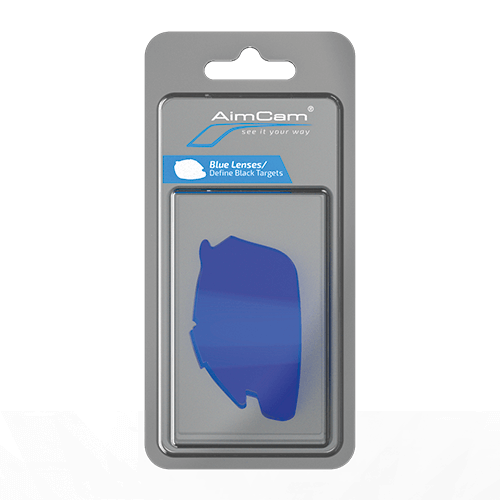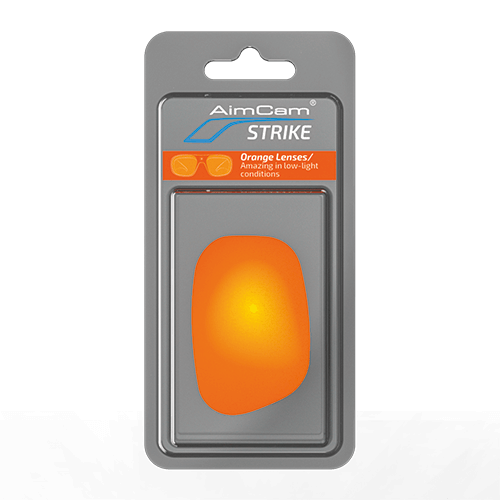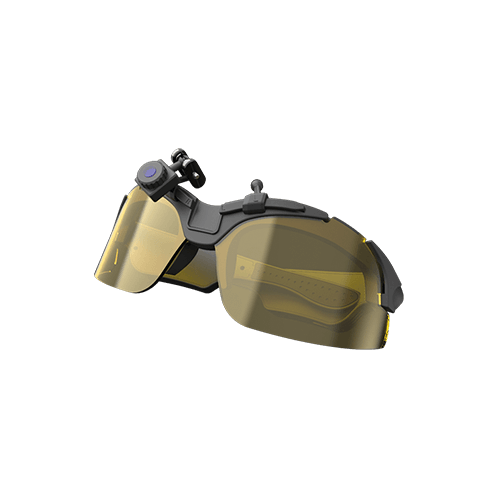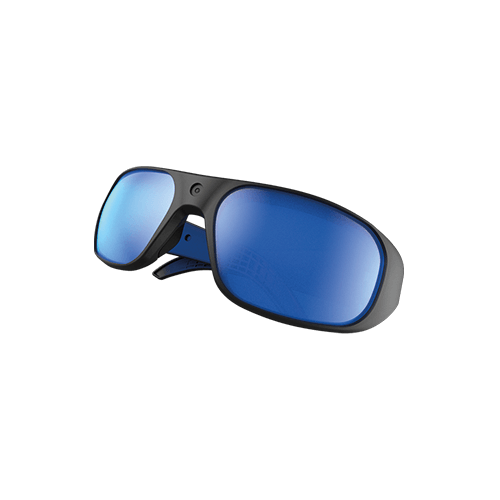Your Cart is Empty

** MILITARY - FIRST RESPONDER - MEDIC & TEACHER DISCOUNT AT CHECKOUT **
Aimcams
PRO2i : STILL GOING STRONG AFTER 5 YEARS IN THE FIELD....!
"NEW" PRO4K : WORLD'S MOST ADVANCED AIMCAM EVER!
STRIKE : SLIMMED DOWN ON FEATURES FOR A MORE STYLISH LOOK.
PRO2i : STILL GOING STRONG AFTER 5 YEARS IN THE FIELD....!
..........................
"NEW" PRO4K : WORLD'S MOST ADVANCED AIMCAM EVER!
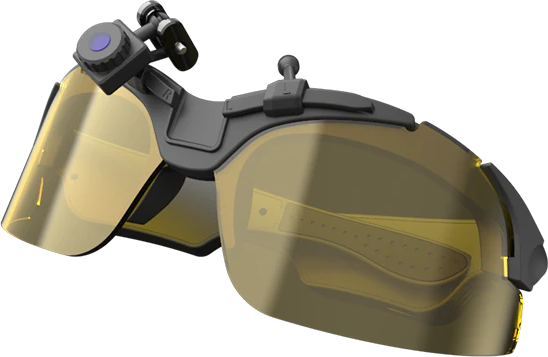
..........................
STRIKE : SLIMMED DOWN ON FEATURES FOR A MORE STYLISH LOOK.

..........................
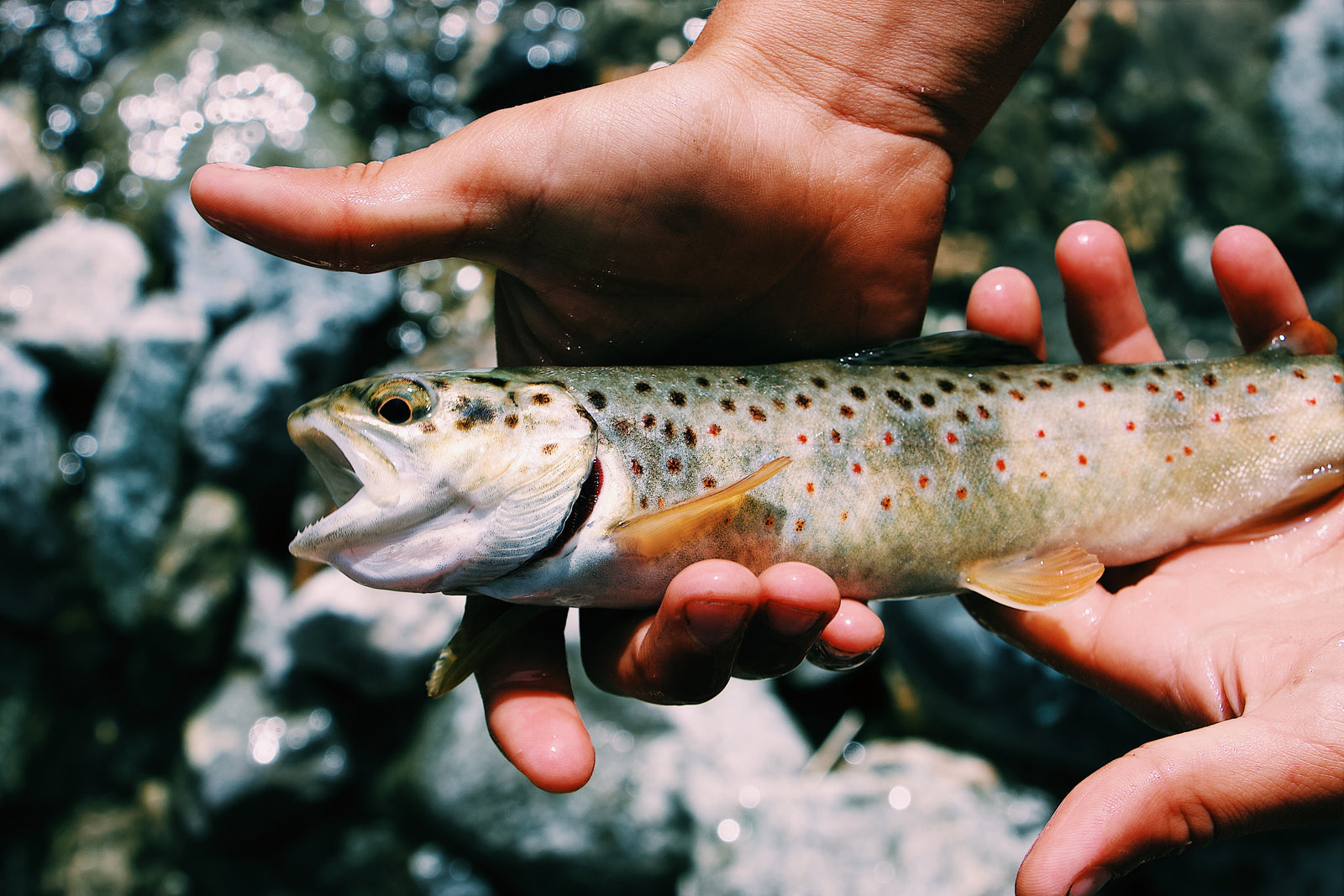
Beautiful Cured Hill Loch Trout with Cucumber, Watercress, Crème Fraiche and Olive Oil
ožujak 03, 2020 3 min read
By Tim Maddams
If you’ve ever braved the hungry horsefly and maddening midges of the Scottish Highlands in search of sport, you may have had a similar experience to mine. During a record drought, we were unable to fish for freshly sea-liced bars of Atlantic silver in the river (which was now little more than a stream between interglacial boulders). I had been up at first light and, as this was midsummer, that was the wee hours, in the hopes of bagging a Sika stag. Deer-less and with no chance of a salmon, I decided to head to a few of the little lochans I had passed on the morning’s fruitless stalking session. Here, at last, was solace.
These lochs were teaming with small but fierce brownies and the gillie of this far-flung wilderness was very keen for me to keep a few for my tea, so I did. Later on, having decided that ounce for ounce, the midges had probably had the better of me, I enjoyed very much putting together this simple plate for myself and my fishing companion – along with a bottle or two of the finest to take the sting from the day.
Lightly cured wild hill loch trout, cucumber, watercress, crème fraiche and olive oil.
Serves 3 – 6
Cooking time 5 minutes
Preparation time 3 hours (most of which can be spent telling tales of how the fish came to hand)
- 4 8oz ish wild brown hill loch trout – fresh as a daisy (or one larger lowland specimen)
- ¼ of a good cucumber
- ¼ red onion
- A bunch of proper watercress – not the weird stuff in a bag
- A small pot of crème fraiche
- ½ a lemon
- Some of the very best olive oil you can find
For the cure
- 30g organic golden caster sugar
- 30g fine sea salt
- 5 black peppercorns
- 10 fennel seeds
- 2 fresh bay leaves
Firstly, you must gut and fillet your fish. If you have never learned to fillet your own fish, you can get someone else to do it for you – but make sure you remove all the pin bones from the fish fillet. Often there will be two rows, so take care and take your time, trying not to damage the flesh. Some people use tweezers to pull the bones out - I think this works well with larger fish, but with smaller ones I tend just to cut them out in strips by cutting in a v shape around them down to the skin.
Make the cure by first blending the spices and bay together in a small blender, then mixing the blending with the salt and sugar. This can then be stored – and is often worth making in larger amounts and keeping in a jar, handy-like.
Sprinkle the fish fillets liberally with the cure and then place the fillets in the fridge to cure for at least an hour, ideally two or three. After this time rinse the cure off the fillets and pat them dry with a tea towel – do not use kitchen paper.
It's all downhill to glory from here. On a large serving plate, scatter about most of your watercress – this should not be over-trimmed; most people have at least a few useful teeth and the crunching of old-fashioned watercress stems is a rare and deliciously peppery joy – on to your chosen serving vessel.
Very finely slice your red onion and scatter a little of this about the plate as well. Warm a little olive oil in a small pan and add some diced cucumber to this. You can peel the cucumber if you like; I would certainly remove the watery seeds with a teaspoon. Scatter the warmed cucumber about the plate with the cress. Add a few small blobs of crème fraiche and then slice your trout, at an angle, without cutting the skin – in effect, slicing the flesh from the skin. Place the trout all over the plate, add a little more cress and cucumber along with a little more crème fraiche. Squeeze over the lemon and add a little more oil.
Serve the plate up onto the table with some warmed bread, and if the world works properly, the respect and astonishment of those fortunate enough to share your lunch.
Leave a comment
Comments will be approved before showing up.


